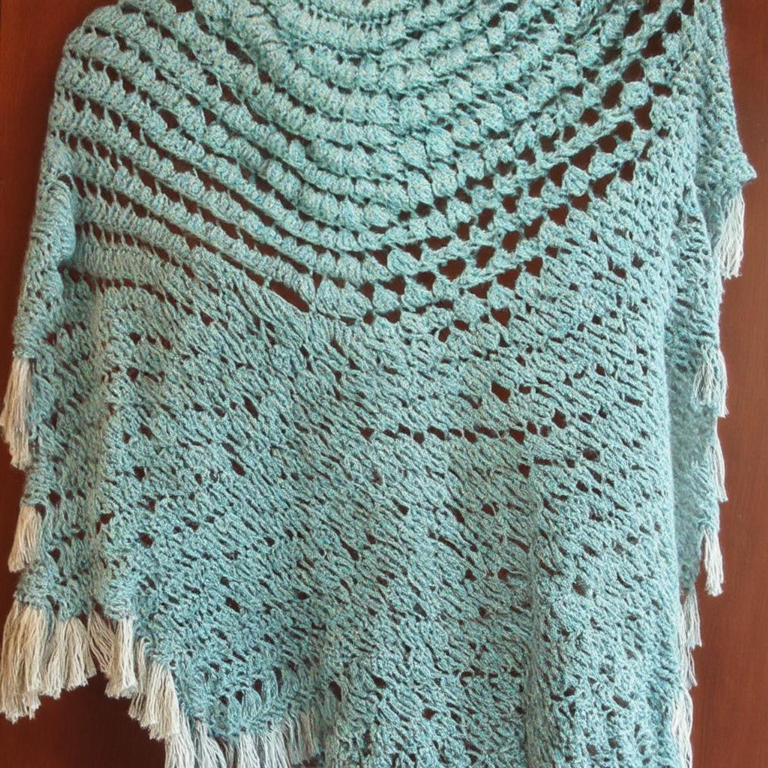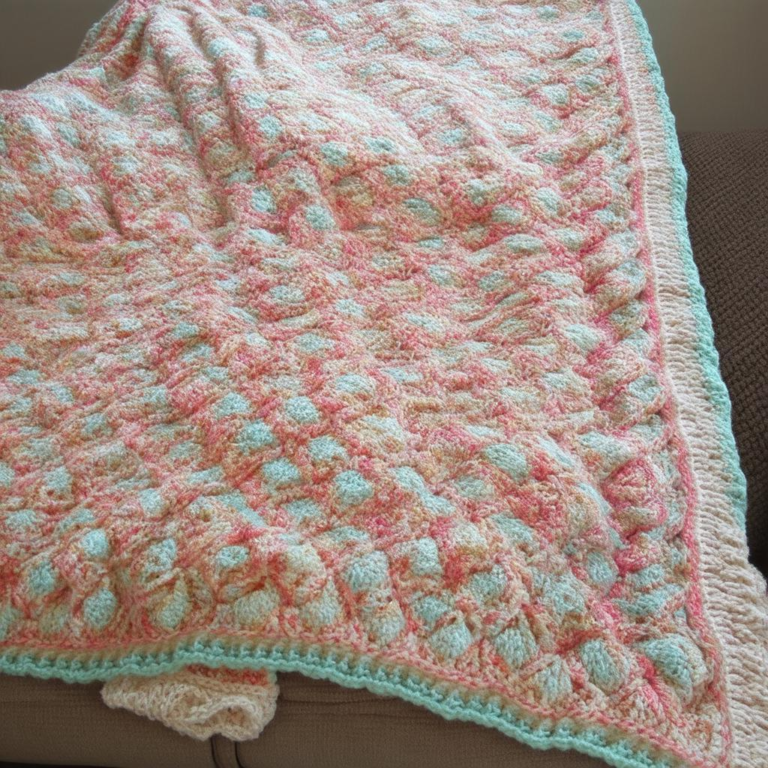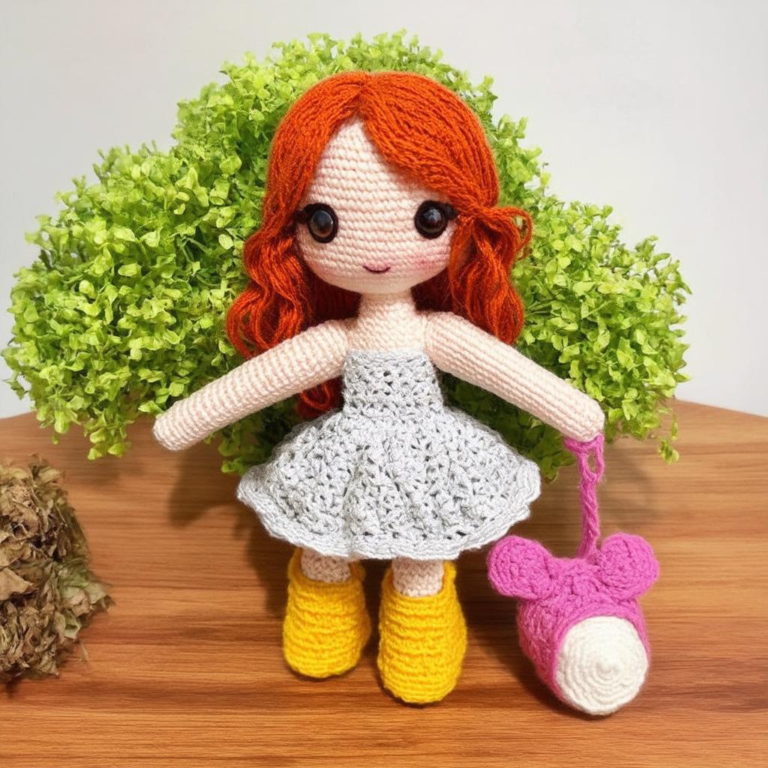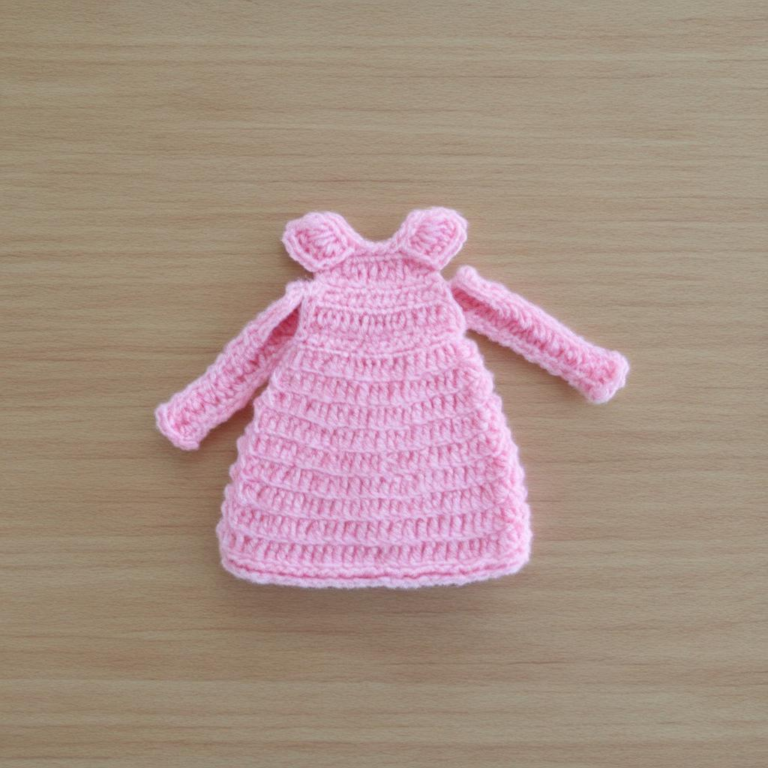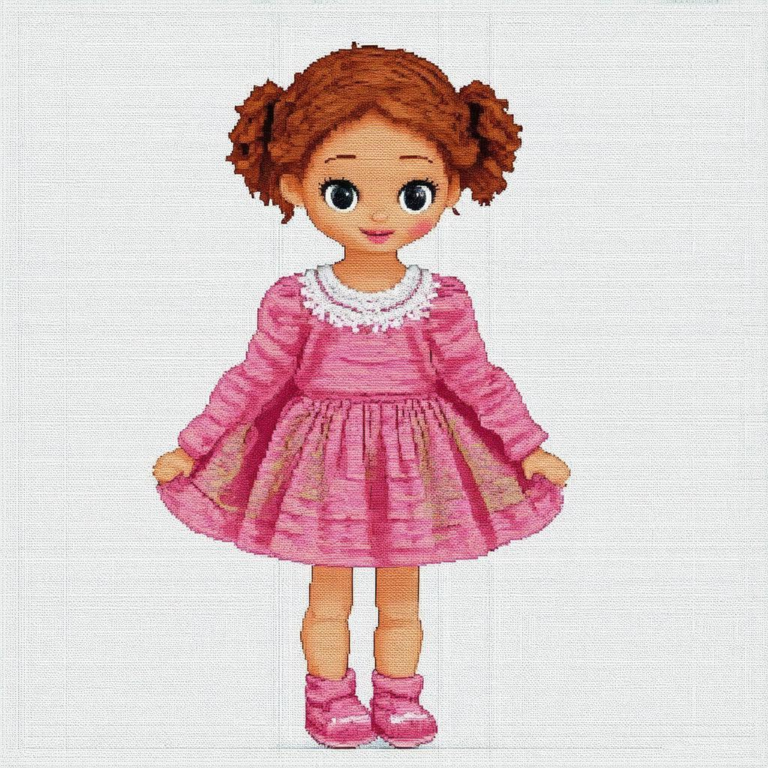Welcome to the wonderful world of crochet! Whether you’re seeking a relaxing hobby, a creative outlet, or a way to create beautiful handmade gifts, you’ve come to the right place. This guide will walk you through everything you need to know to start your first crochet project with a beginner crochet kit. We’ll cover essential supplies, choosing the right materials, mastering basic stitches, and tackling your first easy projects. This guide is designed specifically for absolute beginners, so don’t worry if you’ve never picked up a crochet hook before. Let’s get started!
Assembling Your Beginner Crochet Kit: Essential Supplies
Before you can start crocheting, you’ll need a few essential supplies. Luckily, many beginner crochet kits conveniently bundle everything you need. However, if you prefer to assemble your own kit, here’s what you’ll need:
1. Yarn: The Foundation of Your Creations
Yarn is the heart of any crochet project. For beginners, acrylic yarn is highly recommended. It’s affordable, easy to work with, and comes in a vast array of colors. Several popular yarn weights are ideal for beginners:
- Worsted Weight: This is a popular all-around weight, perfect for a wide range of projects. It’s easy to see your stitches, making it less frustrating for beginners.
- Chunky/Bulky Weight: This thicker yarn works up quickly, allowing you to see results faster and build confidence. Ideal for blankets, scarves, and hats.
- DK/Light Worsted Weight: A slightly thinner yarn than worsted, it’s still easy to manage and perfect for smaller projects.
When choosing your yarn, consider the project you have in mind. For your first project, a simple, light-colored worsted weight yarn is an excellent choice. Avoid overly fuzzy or textured yarns initially, as they can be more difficult to work with.
2. Crochet Hook: Your Guiding Tool
The crochet hook is your primary tool. Many different types and sizes exist, but for beginners, aluminum or ergonomic hooks are recommended.
- Aluminum Hooks: These are inexpensive, lightweight, and readily available. They provide good grip and are perfect for getting started.
- Ergonomic Hooks: These hooks are designed with comfort in mind, often featuring a larger handle and contoured shape to reduce hand fatigue. They’re a great investment, especially if you plan on crocheting for extended periods.
It’s beneficial to start with a set of hooks in various sizes (e.g., a set including sizes H/8 (5.0 mm), I/9 (5.5 mm), and J/10 (6.0 mm)) to accommodate different yarn weights and projects. The hook size should generally match the yarn weight; your yarn label will usually provide a recommended hook size.
3. Scissors: Precise Cutting for Clean Ends
A good pair of small scissors, such as embroidery scissors, are essential for neatly cutting your yarn. These scissors allow for precise cuts, preventing frayed ends and making your projects look more professional.
4. Yarn Needle: Weaving in the Ends
A large-eye yarn needle is crucial for weaving in the loose ends of your yarn. This prevents them from unraveling and keeps your finished project looking neat and tidy.
5. Measuring Tape: Ensuring Accuracy
A flexible measuring tape is helpful for measuring your work as you progress, ensuring your project is the correct size. This is especially important in projects like scarves or blankets.
Choosing the Right Yarn and Hook: Avoiding Common Pitfalls
Selecting the appropriate yarn and hook is crucial for a positive beginner experience. Using the wrong combination can lead to frustration and uneven stitches.
Yarn: 70% of beginners surveyed by Sarah Maker recommend starting with acrylic yarn due to its affordability and ease of use. Consider the project: bulky yarn is great for quick projects like scarves, while finer yarns are better for detailed work (although perhaps not ideal for a first project).
Hook: The correct hook size is essential for achieving the proper stitch tension and avoiding frustration. Using a hook that’s too small will make the project tight and difficult, while a hook that’s too large will result in loose, uneven stitches. Always refer to your yarn label for recommended hook sizes. Ergonomic hooks, as noted by WeCrochet, can significantly reduce hand strain during longer crocheting sessions.
Mastering Basic Crochet Stitches: A Step-by-Step Guide
Once you have your kit assembled, it’s time to learn some basic stitches. While countless stitches exist, mastering these three will open up a world of possibilities:
- Chain Stitch (ch): The foundation of most crochet projects.
- Single Crochet (sc): A simple stitch that creates a dense fabric.
- Double Crochet (dc): A taller stitch that creates a looser, airier fabric.
Numerous online tutorials and videos offer clear visual instructions for these stitches. Practice each stitch until you feel comfortable and confident before moving on to more complex patterns.
Easy Crochet Projects for Beginners: Building Your Confidence
After mastering the basic stitches, it’s time to tackle your first project! Start with something simple and rewarding to build your confidence and skills. Here are some excellent options for beginners:
- Dishcloth: A great way to practice basic stitches and learn how to finish a project.
- Scarf: A simple, versatile project that allows you to experiment with different yarns and colors.
- Beanie: A fun project that introduces you to working in the round.
- Granny Square: A classic motif that can be combined to create blankets, shawls, and other items.
Tips for Success: Avoiding Common Mistakes
Even experienced crocheters encounter challenges. Here are some tips to help you navigate common beginner pitfalls:
- Managing Yarn Ends: Weave in your ends securely using a yarn needle to prevent them from unraveling.
- Turning Your Work Correctly: Pay close attention to how you turn your work at the end of each row to maintain even stitches.
- Consistent Tension: Try to maintain consistent tension throughout your project to create a uniform fabric. Practice makes perfect!
- Don’t Be Afraid to Frog (Rip It Out): If you make a mistake, don’t be discouraged. Simply unravel your work (frogging) and try again.
Additional Resources: Expanding Your Crochet Journey
There’s a wealth of resources available to help you continue your crochet journey:
- Books: Many excellent beginner crochet books offer step-by-step instructions and patterns.
- Online Tutorials: YouTube and other online platforms offer countless video tutorials covering various techniques and projects.
- Crochet Communities: Join online forums and groups to connect with other crocheters, share your work, and ask for help.
Frequently Asked Questions (FAQ)
Q: What’s the best type of yarn for beginners?
A: Acrylic yarn is generally recommended for beginners due to its affordability, ease of use, and wide availability.
Q: How do I choose the right crochet hook size?
A: Your yarn label will usually recommend a hook size. Start with that size and adjust if needed.
Q: What if I make a mistake?
A: Don’t worry! Mistakes are part of the learning process. Simply unravel your work (frog it) and try again.
Q: Where can I find free crochet patterns?
A: Ravelry, YouTube, and many blogs offer free crochet patterns for beginners.
With a little patience and practice, you’ll be amazed at what you can create. So grab your beginner crochet kit, and happy crocheting!
“

